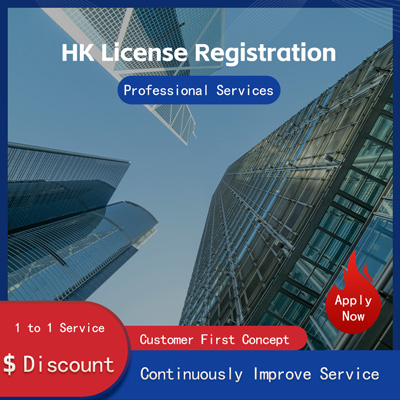
How to Define and Differentiate Between Bulky Cargo and Heavy Cargo
Bubble Goods and Heavy Goods How to Define and Differentiate
In the logistics industry, understanding the difference between bubble goods and heavy goods is essential for efficient transportation and cost management. Bubble goods, often referred to as low-density items, occupy a large amount of space but weigh relatively little. On the other hand, heavy goods are dense and compact, weighing significantly more than their volume suggests. The distinction between these two types of cargo is not just academic; it directly impacts pricing, handling, and storage strategies.

The primary method used to differentiate bubble goods from heavy goods is by calculating their cubic density, which is expressed as the ratio of weight to volume. For instance, in many logistics operations, if the weight of a shipment divided by its volume is less than 167 kg/m³, it is considered bubble goods. Conversely, when this ratio exceeds 167 kg/m³, the item is classified as heavy goods. This threshold may vary slightly depending on regional regulations or specific industry standards.
Recent developments in the e-commerce sector have highlighted the importance of accurately categorizing these goods. According to a report by Logistics Today, the surge in online shopping has led to an increase in the number of bubble goods being transported globally. This trend has prompted logistics companies to invest in advanced technologies such as automated sorting systems that can quickly determine the density of packages. These innovations not only enhance operational efficiency but also reduce the likelihood of errors in classification.
One of the key challenges in managing bubble goods is optimizing space utilization during transport. Since these items take up more room, they require careful planning to ensure that trucks, containers, and aircraft are loaded efficiently. A case study published in Supply Chain Management Review illustrated how a leading courier service implemented a strategy to consolidate smaller bubble goods into larger containers, thereby reducing overall transportation costs by 15%.
On the flip side, handling heavy goods presents its own set of challenges. These items often require specialized equipment and trained personnel for loading and unloading. A news article in Industry Week mentioned a scenario where a manufacturing firm faced delays due to improper handling of heavy machinery during transit. The incident underscored the need for rigorous training programs and adherence to safety protocols when dealing with such cargo.
From a financial perspective, the distinction between bubble and heavy goods affects pricing models used by carriers. As explained in an analysis by Transport Topics, freight charges for bubble goods are typically calculated based on volumetric weight rather than actual weight. This approach ensures fairness for both shippers and carriers, as it accounts for the space occupied by the goods. In contrast, heavy goods are charged according to their actual weight, reflecting their impact on vehicle capacity and fuel consumption.
Another critical factor in distinguishing between these categories is the environmental impact. Bubble goods contribute to higher emissions per unit of weight due to the additional space they consume. To address this issue, some forward-thinking companies are exploring alternative packaging solutions that reduce the volume of bubble goods without compromising product integrity. Initiatives like these align with global efforts to make supply chains more sustainable.
In conclusion, defining and differentiating between bubble goods and heavy goods is a multifaceted task that involves technical calculations, strategic planning, and environmental considerations. By leveraging technological advancements and adopting best practices, logistics providers can effectively manage these diverse cargo types while maintaining cost-effectiveness and sustainability. As the logistics landscape continues to evolve, staying informed about these distinctions will remain crucial for businesses aiming to thrive in competitive markets.
Still have questions after reading? More than 98,000 users have contacted us. Please fill in the following information to obtain business information.

Service Scope
MoreRecommended for You
- Overseas Influencer Blacklist Lookup Guide 2 Tools to Help You Avoid Risks
- What Is TK123? The Must-Have Tool for TikTok Sellers
- How to Use Facebook Dynamic Ads Campaigns? A Guide to Creating Dynamic Ads
- Optimizing Sales Strategies for the Back-to-School Season in Overseas Student Markets
- Japan E-commerce Market Analysis and Keyword Research Tool Recommendations
- What Is the Amazon High Return Rate Tag? How to Avoid Being Tagged?
- Amazon Marketing Platform Levanta Analysis
- Amazon Low-Price Store Product Search Guide
- A Comparative Analysis of KOLs and KOCs in Overseas Influencer Marketing
- How Can MercadoLibre Sellers Achieve Explosive Sales Growth?
- Top 10 eBay Data Analysis Tools Recommended
- Common Japanese Search Engines Abbreviated List
- Ozon Russia E-commerce Platform Entry Requirements Analysis
- How to Run Google Shopping Ads for Independent Websites? Detailed Step-by-Step Analysis
- The Future of Amazon Prime Day 2025 Amazon Sale Event Dates
- 2025 LinkedIn Ads Guide Full Process Analysis Optimization Tips
- Etsy Platform Intro, Seller Onboarding Fee Breakdown
- Process for Establishing a Local Mexican Store on Mercado Libre Mexico
- How to Apply EU Rep Label?
- EU GPSR Overview and Its Impact on Exporting Goods to the EU


 ONE
ONE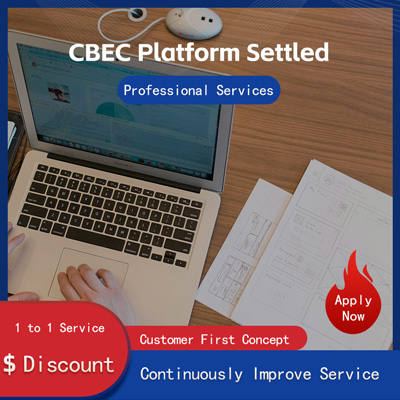



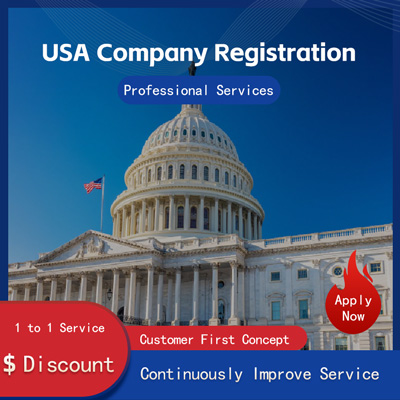

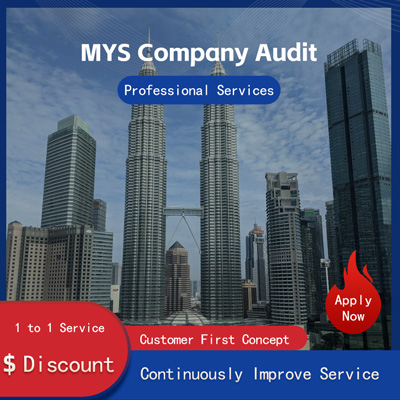
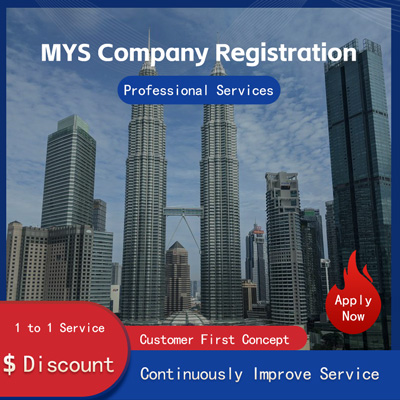
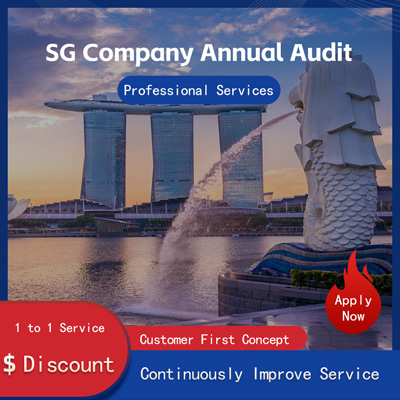
Customer Reviews
Small *** Table
December 12, 2024The experience was very good. I was still struggling to compare it with other companies. I went to the site a few days ago and wanted to implement it as soon as possible. I didn't expect that everything exceeded my expectations. The company is very large, with several hundred square meters. The employees are also dedicated and responsible. There is also a wall of certificates. I placed an order on the spot. It turned out that I did not make a wrong choice. The company's service attitude is very good and professional. The person who contacted me explained various things in detail in advance. After placing the order, the follow-up was also very timely, and they took the initiative to report the progress to me. In short, I am very satisfied and recommend this company!
Lin *** e
December 18, 2024When I first consulted customer service, they recommended an agent to me. They were very professional and patient and provided excellent service. They answered my questions as they came in. This 2-to-1 service model is very thoughtful. I had a lot of questions that I didn’t understand, and it’s not easy to register a company in Hong Kong. Fortunately, I have you.
t *** 7
December 19, 2024I originally thought that they only did mainland business, but I didn’t expect that they had been doing Hong Kong business and were doing very well. After the on-site interview, I decided to ask them to arrange the registration of my Hong Kong company. They helped me complete it very quickly and provided all the necessary information. The efficiency was awesome. It turns out that professional things should be done by professionals.👍
b *** 5
December 16, 2024In order to register a company in Hong Kong, I compared many platforms and stores and finally chose this store. The merchant said that they have been operating offline for more than 10 years and are indeed an old team of corporate services. The efficiency is first-class, and the customer service is also very professional.